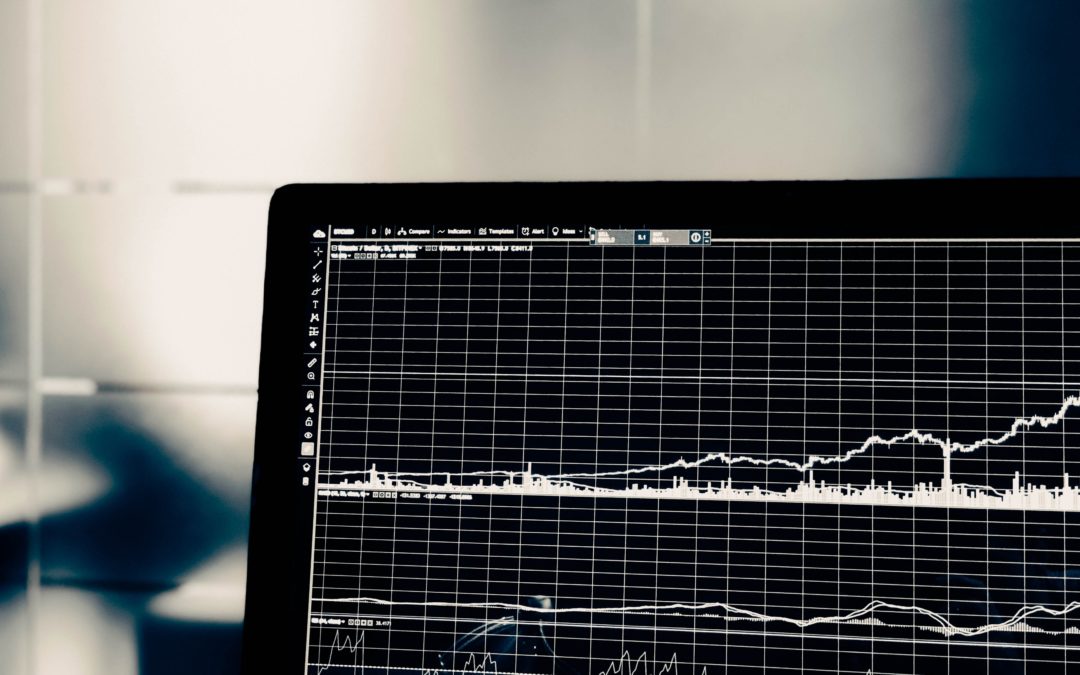The headline above is a comment made by Warren Buffett during a recent interview. Now I’m going to give Mr. Buffett the benefit of the doubt. No question he has an army of financiers that can calculate the return of the S&P 500 during that time period. So I will assume he shoveled snow, earned the $114 and invested it in the S&P 500 and never touched it. Not too much of a stretch given his history. He says he bought his first stock when he was 11 years old, shortly after Pearl Harbor, and the rest is history.
Most of us studied the power of compounding in middle school math class. Yes, I still remember Mr. White asking us to build a portfolio with one stock, we were allowed to swap (buy & sell) stocks at the end of each 6 week grading period. We would monitor the stock each 6 weeks, and we ranked our performance against our peers. The top performer received an extra credit grade of 100; the next received an extra credit grade of 99, and so forth. Since there were about 23 of us in the class, everyone received some extra credit. I chose Exxon. I did pretty well.
Upon hearing Mr. Buffett’s story I thought back to when I hypothetically purchased Exxon stock in my middle school math class. I wondered how I would have done had I actually bought and never sold. So I looked back at the split adjusted price of Exxon and found it to be about .50 cents per share. Today it trades at around $80.86 per share. So, my $114 would have purchased 228 shares, assuming I paid no commission. After all, I was pretty cute and polite. That 228 shares would be worth $18,436 right? Wrong! You forgot to reinvest those dividends. That investment would be worth roughly $80,000 today.
I decided to test Mr. Buffett’s return over a similar time period. Warren Buffett brought his company, Berkshire Hathaway public on 3/17/1980 at $290 per share. Mr. Buffett worked his magic over the years and the stock trades today $295,769.00 per share. Warren Buffett’s company does not pay dividends so the returns are fairly easy to calculate. If you had $100 to invest in 1980 you could have purchased roughly 1/3 of 1 share of Berkshire Hathaway, 0.34 shares to be exact. That would be worth $100,561.46 today. Not bad.
I decided to take my walk down memory lane one step further by looking at a basket of stocks picked by professional stock pickers. I asked my friends at Capital Group, the folks that run the American Funds fund company, for some historical information. I chose them for two reasons:
- They were around before World War II so I knew they had historical information dating at least as far back as Warren Buffett.
- They have a large campus here in San Antonio, near Sea World, so they are a locally known firm not some New York name that no one knows.
Chances are you go to church with someone that works there. American Funds Co. has a fund that has been around for 83 years or so, called the Investment Company of America. I asked them, if we had invested with them 83 years ago, and never touched the money, how much we would have today. Now keep in mind, over that 83 year period there have been wars, depressions, recessions, and other market moving events. All total, over those 83 years the stock market has had positive annual returns 55 years and negative annual returns 28 times.
(Just a side note, if you measure the market in 3 year increments the S&P 500 has only been negative 11 times over that period and positive 72 times.)
Over 10 year periods, the market has never had a negative return during those 83 years. So, back to the power of compounding; if you invested $100 it would be worth $1,234,371 (net of any mutual fund management fees). Had you not reinvested the dividends the investment would have been worth $110,042?
As you can see, reinvesting those dividends and allowing them to compound over time really adds up. So while Warren Buffett would have done pretty well investing in the S&P 500 over those years, he would have done better had he invested in a single, actively managed fund and reinvested the dividends.
Often I have clients ask me about putting a few bucks in a child’s account and letting it ride until that child is an adult, I always suggest investing in a decent fund and reinvest the dividends. The chances of them picking a single stock or an index that outperforms a quality mutual fund over a significant time period are; as my dad used say “slim & none”.

